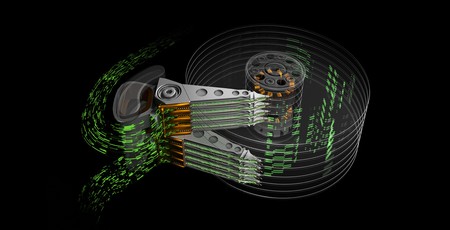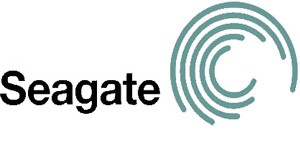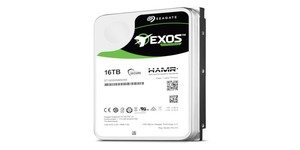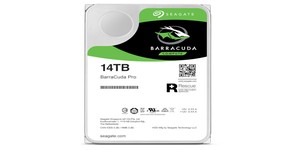
Storage specialist Seagate has announced what it proclaims to be 'a new performance breakthrough' for traditional mechanical hard drives, potentially doubling their throughput: multi-actuator technology.
A traditional mechanical hard drive is made up of a series of discs, known as platters, coated in a magnetic substance. As these platters spin, data is stored on them by flipping the magnetic polarity of each 'bit' using read-write heads attached to an actuator arm. While there are multiple read-write heads in a given hard drive - one for each side of each platter - these heads have traditionally been controlled by a single actuator arm, meaning that while it's possible to read from or write to all platters simultaneously that can only be done if the data you're after is stored at exactly the same place on each platter.
Seagate's answer to that bottleneck: Multi-actuator technology, which splits the read-write heads between two or more independently-controlled actuator arms and allows the system to read and write from different positions on the platter stacks simultaneously.
'We're leveraging our long-time leadership in engineering all elements of hard drive technology to provide a solution with breakthrough performance, within industry standards,' claims James Borden, principal product strategist at Seagate, of the technology. 'Our Multi-Actuator solution is based on proven technology and adheres to current standards, so it’ll plug-and-play into today’s infrastructure.'
Effectively, a multi-actuator hard drive is similar to having a redundant array of independent disks (RAID) setup but within a single physical drive. Seagate claims that the host system will be able to treat a dual-actuator drive as if it were two independent drives, reading and writing data at up to twice the speed of a single drive - and this, in theory, could scale when triple- and quadruple-actuator variants are introduced. 'Basically, we're taking the high-capacity hard drive a customer already needs and expects,' Borden claims, 'and magically doubling the IOPS the customer gets from it — with no down side.'
Seagate has not published a roadmap for commercialisation, bar promising that the technology will be implemented 'in the near future'. A handful of additional details, and a neat animation, can be found on the company's official blog.

MSI MPG Velox 100R Chassis Review
October 14 2021 | 15:04








Want to comment? Please log in.